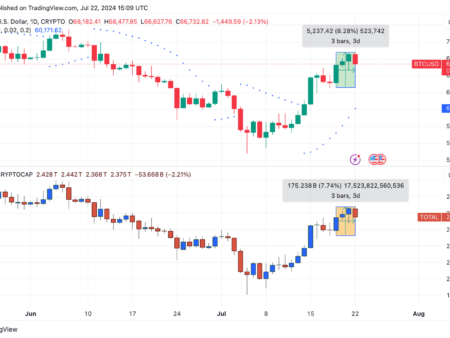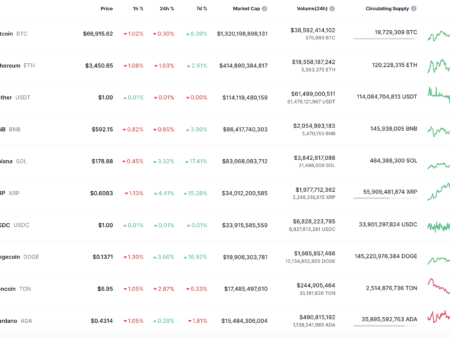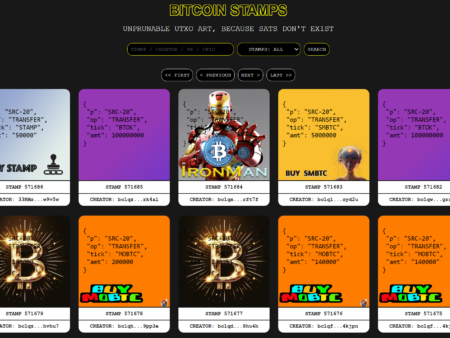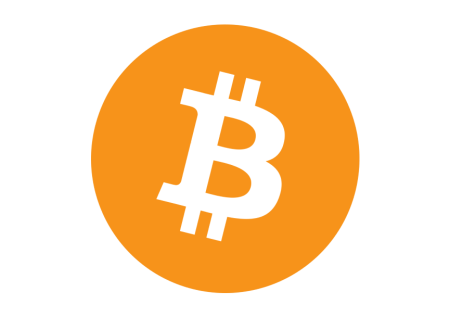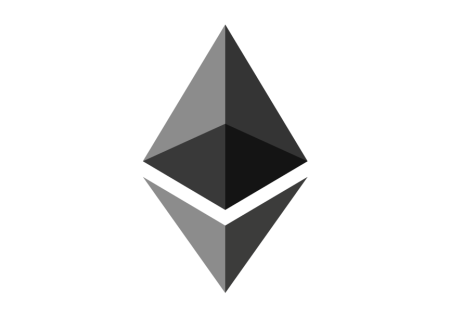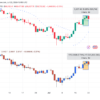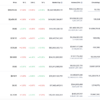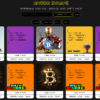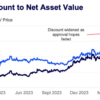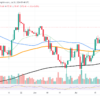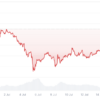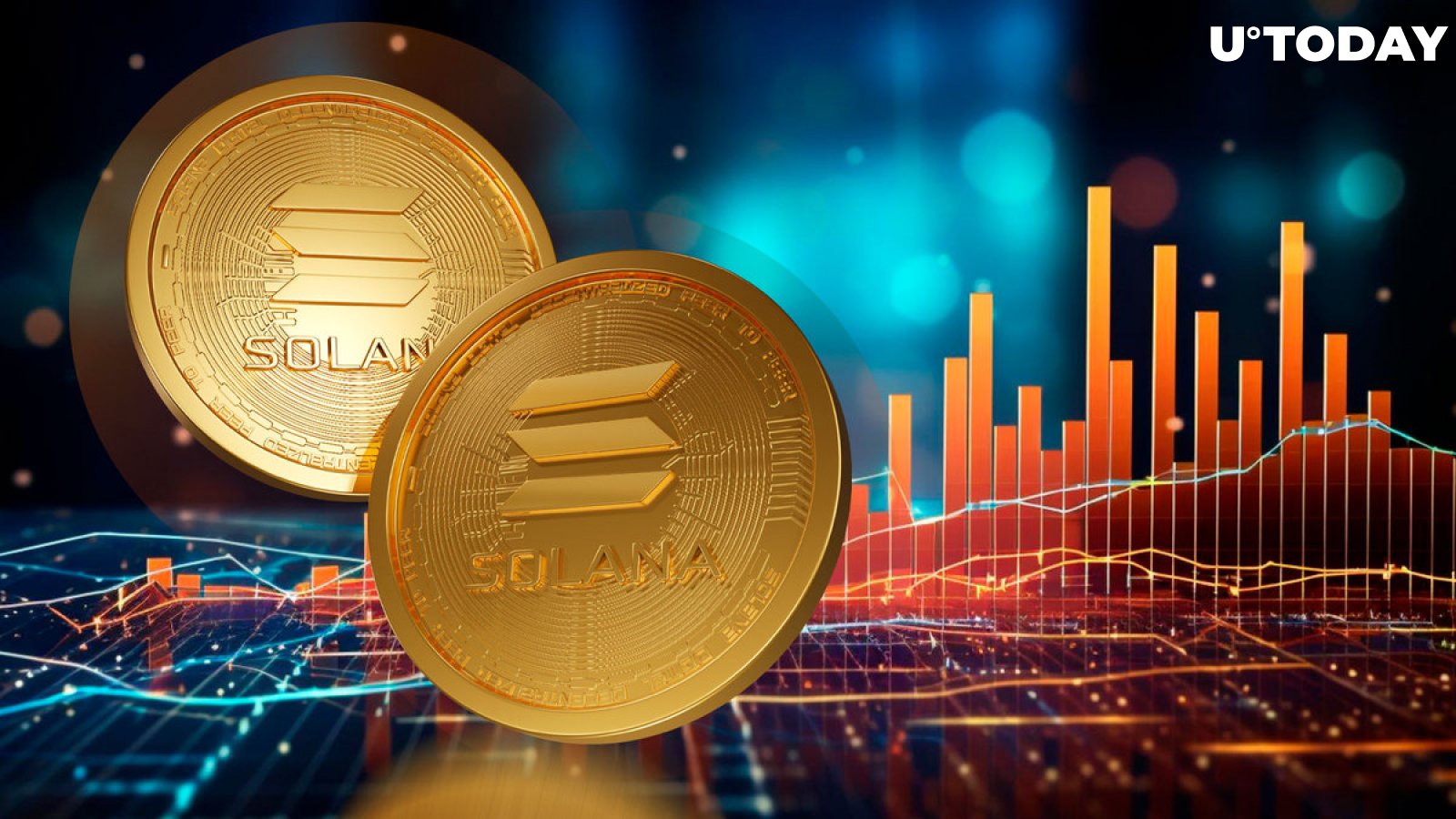
Despite much controversy and heated debates about availability, scaling, reliability and UX, Solana (SOL) is an inevitable part of the global blockchain scene and a critical element of the dApps segment.
Despite much controversy and heated debates about availability, scaling, reliability and UX, Solana (SOL) is an inevitable part of the global blockchain scene and a critical element of the dApps segment.
Solana (SOL) Celebrates Genesis Day: Mainnet Transactions Started Four Years Ago
Four years ago today, on March 16, 2020, Solana (SOL), a major smart contract platform, began operations on the mainnet. As such, the community of Solana (SOL) celebrates Genesis Day for the fourth time.
According to the celebration announcement shared by the Solana Foundation, the blockchain processed 254 million blocks that included 276 billion transactions. At press time, blockchain decentralization is protected by over 1,600 validators.
Solana (SOL) Hosts 248 Decentralized Applications (dApps), DappRadar Tracker says. Jupiter and Raydium exchange are the largest DeFi in terms of trading volume.
SOL, the main native cryptocurrency and gas asset of the Solana (SOL) blockchain, remains the fifth largest cryptocurrency by market capitalization. Valued at over $85.5 billion, Solana (SOL) outperforms XRP, its closest competitor, by over 150%.
Additionally, Solana (SOL) is responsible for a significant portion of the global DeFi TVL metric. Investors locked over $4 billion in Solana DeFis so far.
2024 Could Be the Year of Solana (SOL), Here’s Why
As such, Solana (SOL) is the fourth largest TVL blockchain, trailing only Ethereum (ETH), Tron (TRX), and BNB Smart Chain (BSC).
In 2024, Solana (SOL) is often seen as one of the most obvious potential beneficiaries of the early bull market. It is entering the rally with no ties to the infamous FTX/Alameda ecosystem. Furthermore, it managed to attract airdrop farmers and meme coin enthusiasts in the fourth quarter of 2023.
At the same time, for much of the cryptocurrency community, Solana (SOL) remains the only viable alternative to the EVM ecosystem despite being criticized for periodic outages.
